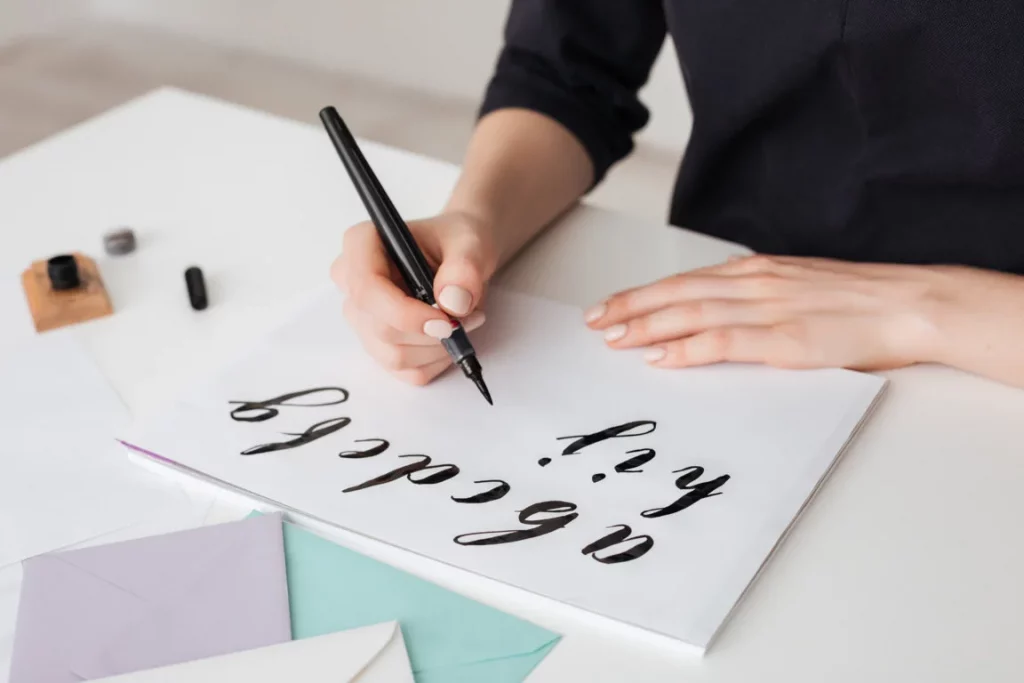Are you interested in the art of calligraphy? Understanding some calligraphy styles is essential for mastering the craft, regardless of your experience level.
But here’s the point: wondering where to begin might be complicated because so many different types are available.
Writing with a stylus or a brush is a part of the beautiful and sophisticated art form known as calligraphy. It has been practiced for centuries and has evolved into various styles distinct to different cultures and regions.
Each style has unique characteristics, making it essential to know their differences.
So, in a nutshell, learning the four types of calligraphy is a great way to start if you’re new to calligraphy or want to expand your skills.
In this blog post, we’ll go over each type of calligraphy in-depth, giving you the information you need to master the art of calligraphy.
So let’s get started.
Here Are the Four Types of Calligraphy:
Calligraphy is a fascinating art form that has been around for years.
In essence, calligraphy is a form of visually appealing writing.
There are four primary types of calligraphy, each with unique identifying features.
The Following are Four Types of Calligraphy:
1. Western Calligraphy
Western calligraphy, also known as Gothic calligraphy, is a calligraphy style that developed in Europe during the Middle Ages. The use of thick and thin strokes, elaborate motifs, and flourishes distinguishes this calligraphy style.
A pen or a brush are common tools used in Western calligraphy.
Western calligraphy script is based on the Latin alphabet, used in several Western languages, including English, French, German, and Spanish. Serifs are little lines or flourish at the end of the strokes that give the text a decorative touch and are generally used to design the letters.
Wedding invitations, certificates, and other official papers are frequently written in Western calligraphy. It is also used in the arts, such as creating handwritten quotes, wall art, and greeting cards.
Western calligraphy has a long and rich history, and many styles and script types fall under this category.
A deeper look at some of the most common Western script types is given below:
a. Italian Hand:
The Italian hand is a cursive script that originated in Italy during the 16th century.
It is characterized by its fluid, flowing strokes and is often used for formal documents and calligraphic art.
Some key features of the Italian hand include:
- Use of serifs on letters
- Thin, elegant strokes
- Ascenders that reach above the top line
- Descenders that extend below the baseline
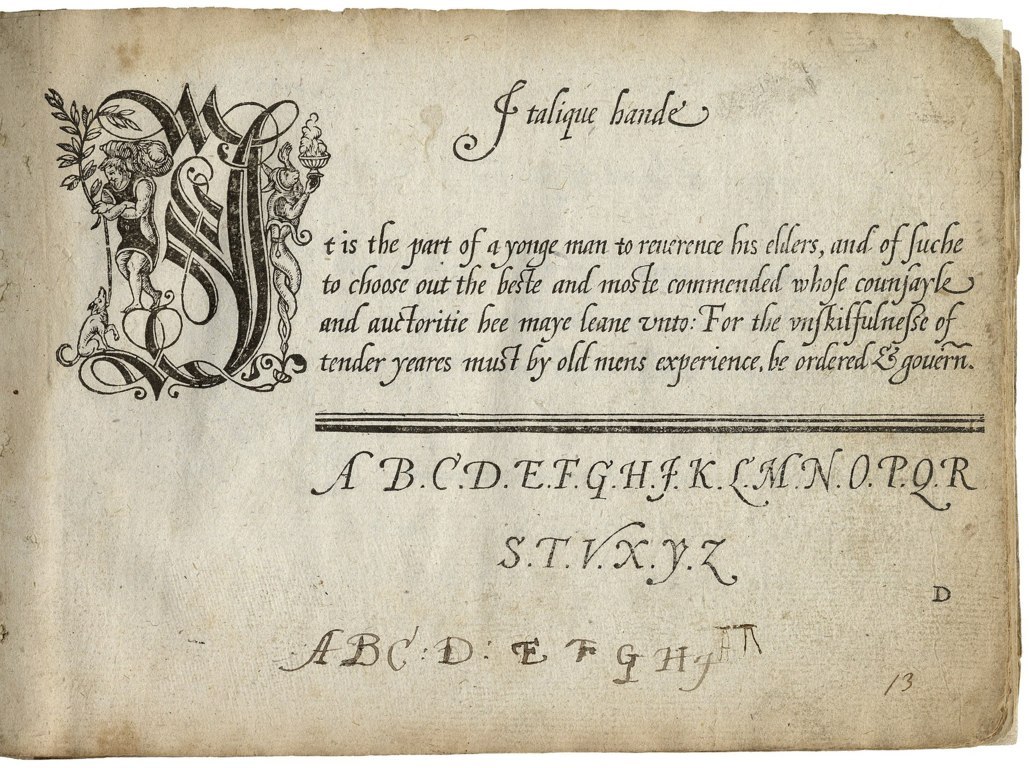
b. English Script:
English script, also known as Copperplate script, is a cursive script that originated in England during the 18th century.
It is characterized by its fine, delicate lines and is often used for wedding invitations, formal documents, and artistic pieces.
Some key features of the English script include:
- Use of oval-shaped letters
- Thin, delicate strokes
- Slanted, cursive letterforms
- Use of flourishes and decorative elements
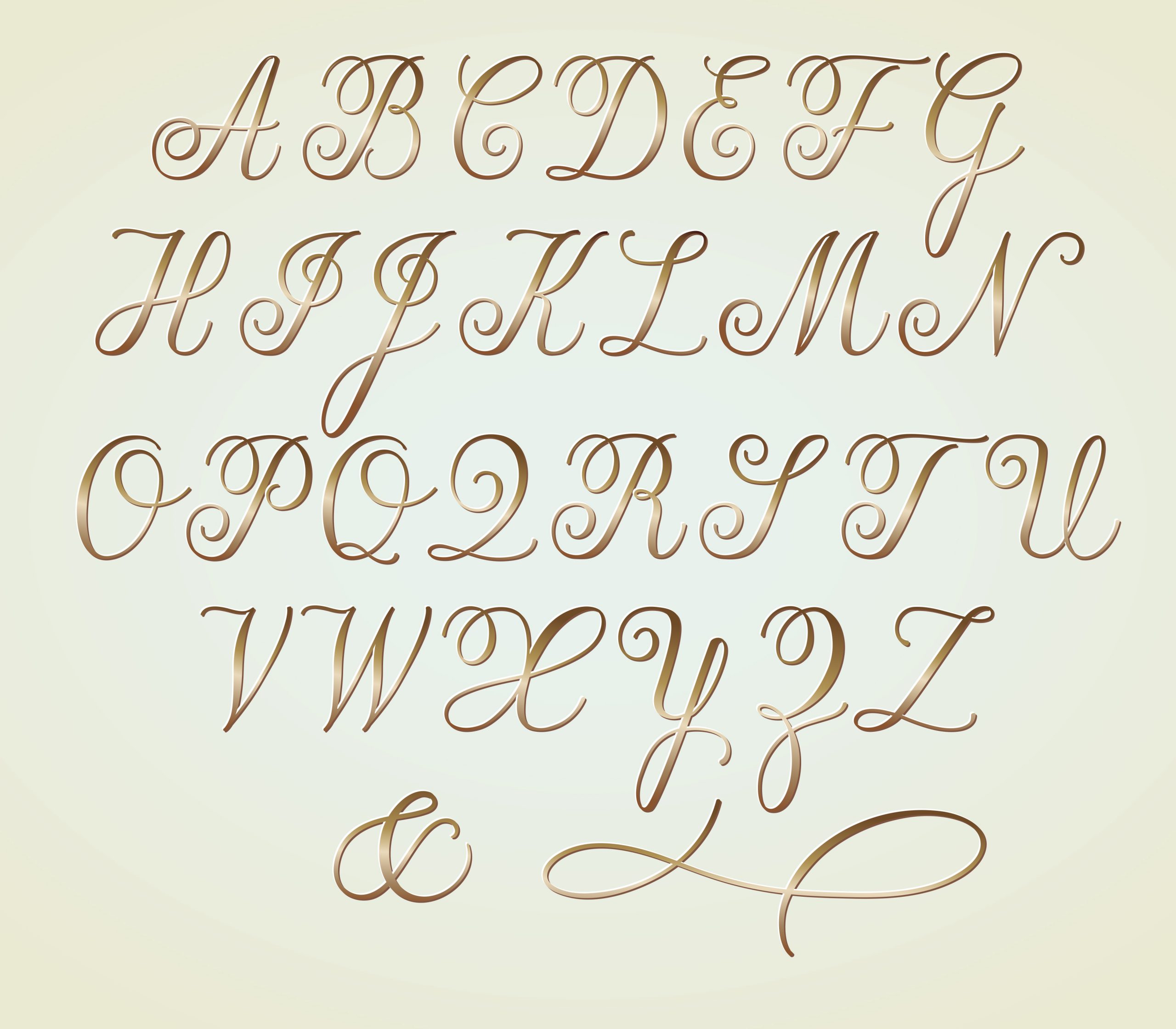
c. Foundational Hand:
The foundational hand script, still used today, originates back to the 12th century.
It is a formal, upright script often used for legal and official documents.
Some key features of the Foundational hand include:
- Use of thick and thin strokes
- Straight, vertical letterforms
- Minimal flourishes or decorative elements
- Emphasis on legibility and clarity
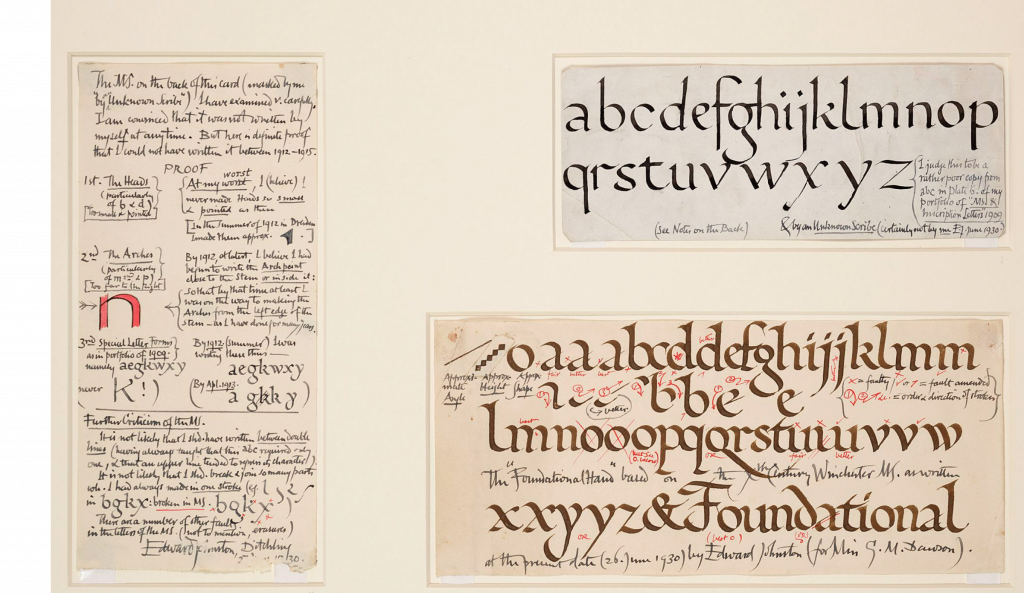
d. Uncial Script:
Uncial script originated in the 4th century and was used throughout Europe during the medieval period.
It is characterized by its rounded, curved letterforms and is often used for artistic pieces and illuminated manuscripts.
Some key features of the Uncial script include:
- Use of round, curved letters
- Minimal use of serifs or decorative elements
- Emphasis on legibility and clarity
- Thick, rounded strokes
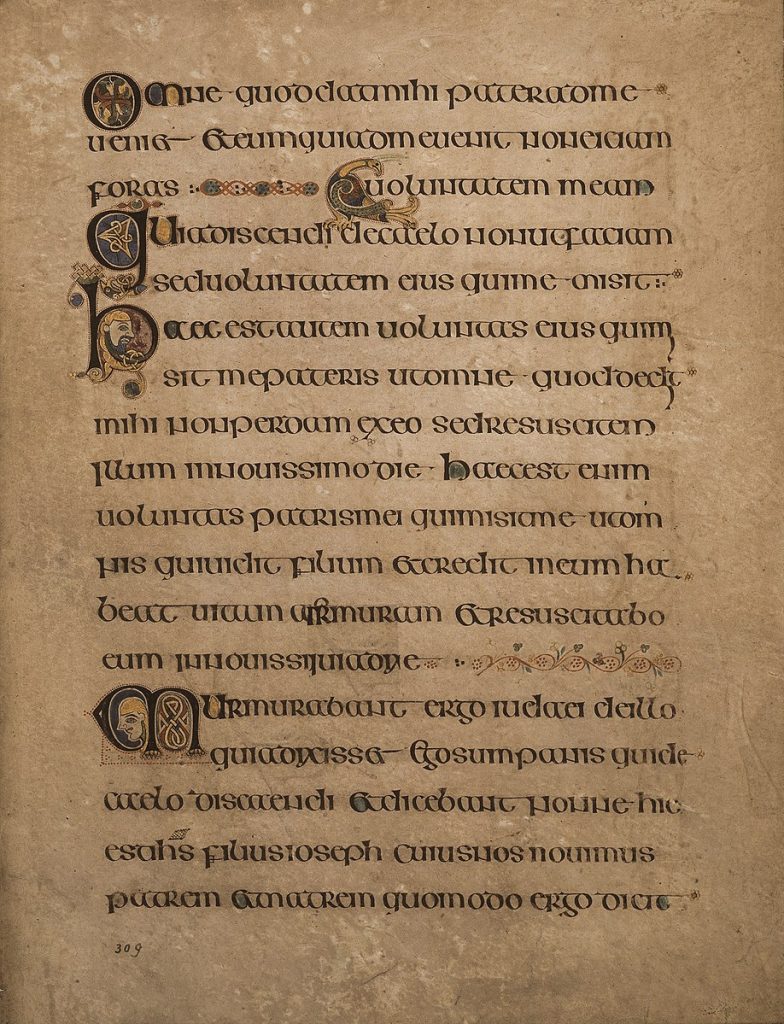
e. Blackletter Script:
Blackletter script, also known as Gothic script, is a script that originated in Germany during the 12th century.
Its thick, heavy lines and angular, pointed letterforms characterize it.
Blackletter script is often used for formal documents, diplomas, and official seals.
Some key features of the Blackletter script include:
- Use of angular, pointed letterforms.
- Heavy, thick lines
- Use of serifs and decorative elements
- Minimal use of curves or rounded forms
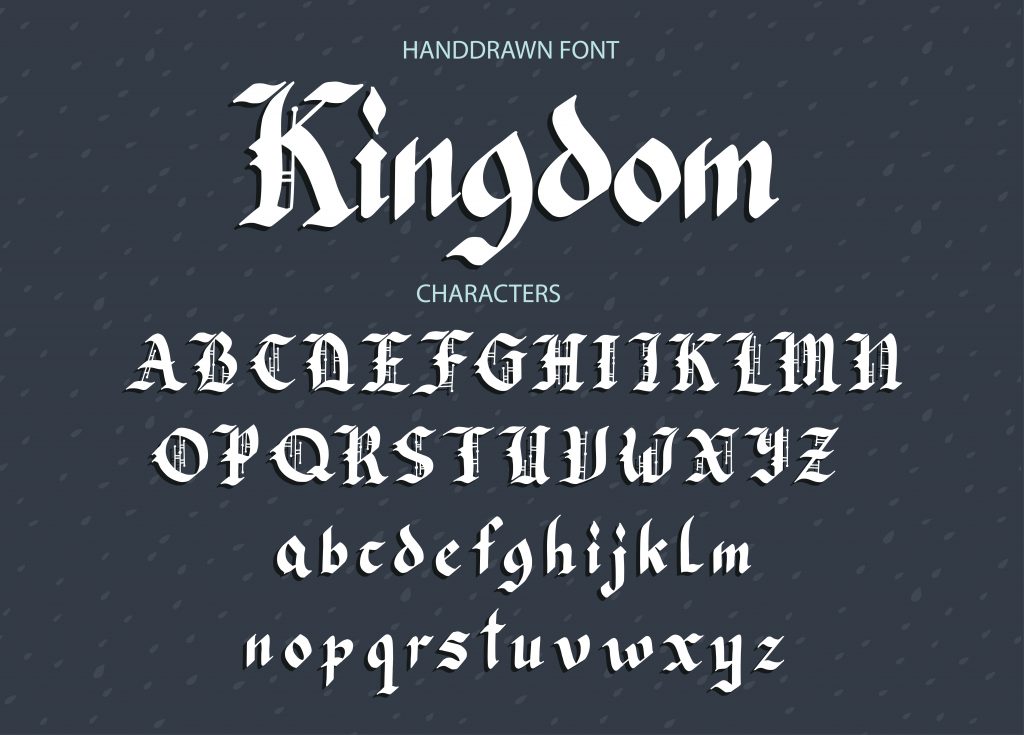
2. Eastern Caligraphy
Eastern calligraphy includes Asian calligraphy styles such as Chinese, Japanese, and Korean calligraphy.
Eastern calligraphy, unlike Western calligraphy, employs a brush to produce flowing strokes and elaborate designs.
Chinese calligraphy is the most ancient and prestigious kind of Eastern calligraphy.
Simple, graceful motifs and flowing brushstrokes distinguish it. Shodo, or Japanese calligraphy, is akin to Chinese calligraphy but has its distinct style and character set. Hanja, or Korean calligraphy, is based on the Chinese letter set but has its distinctive style.
Eastern calligraphy is highly regarded in Asian cultures and is often used for decorative purposes, such as wall art, scrolls, and calligraphic seals.
It is also used for practical purposes, such as creating official documents and signing artwork.
The following are some Eastern Script writing styles:
a. Seal Script:
It features a square-shaped script with densely packed characters and is primarily used for seals and stamps.
Here are some of the main features of the Seal Script:
- The Seal Script is characterized by its square-shaped characters, which are densely packed and highly stylized.
- The characters in the Seal Script are highly stylized, with intricate strokes and detailed embellishments.
- The Seal Script is used mainly for seals and stamps, historically used to mark official documents and correspondence.
- The Seal Script is an essential part of East Asian history and culture and is still used today for ceremonial and decorative purposes.
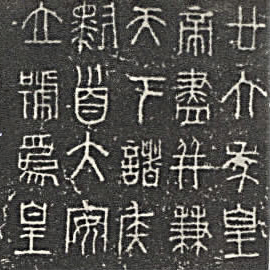
b. Cursive Script:
The Cursive Script, also known as Grass Script or Caoshu in East Asia, is a calligraphy style characterized by its flowing, fluid style and simplified characters.
Here are some of the main features of the Cursive Script:
- The Cursive Script features a flowing, fluid style with connected strokes that give the Script a sense of motion and rhythm.
- In the Cursive Script, characters are often simplified, with strokes merged or abbreviated for speed and expressiveness.
- The Cursive Script is known for its speed and intensity, making it a popular choice for informal writing and personal correspondence.
- Due to its flowing and informal nature, the Cursive Script can appear quite different depending on the calligrapher’s style and individual handwriting.
- The Cursive Script has a long and rich history in East Asia, dating back to ancient China. It is still studied and appreciated today for its beauty and expressiveness.
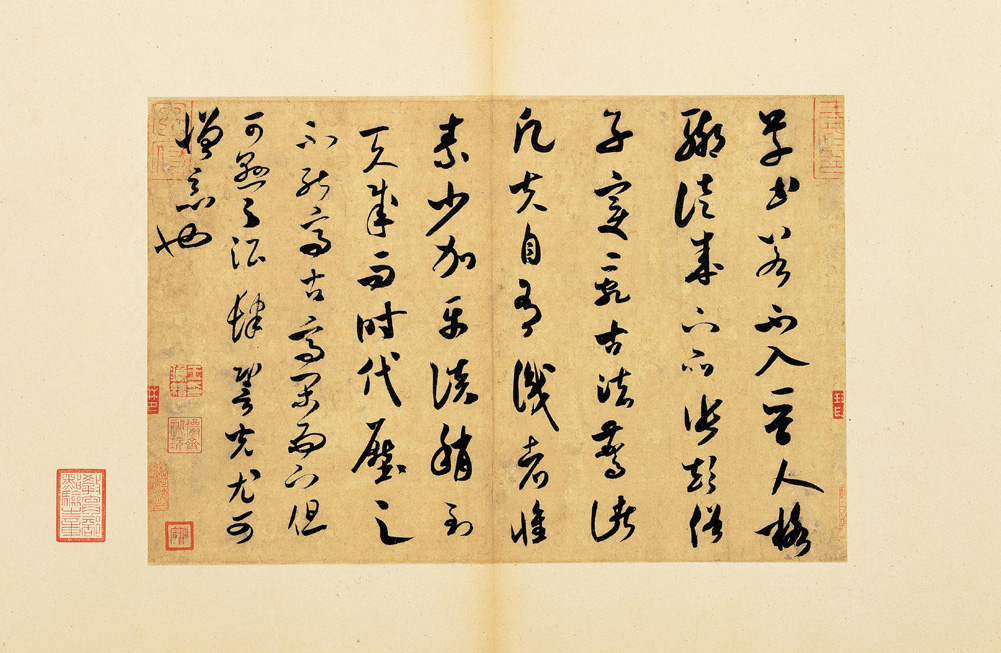
c. Block Script:
The Block Script, also known as Regular Script or Kaishu, is a style of calligraphy that features a neat, uniform style with clear, precise strokes.
Here are some of the main features of the Block Script:
- The Block Script is known for its neat and uniform appearance, with evenly spaced and proportioned characters.
- In the Block Script, strokes are clear and accurate, with distinct beginnings and endings that give the script a sense of structure and balance.
- The Block Script is currently East Asia’s most widely used script style. It is used for printing, handwriting, and calligraphy, among other things.
- The Block Script has a long history in East Asia, dating back to ancient China, and is still studied and appreciated today for its clarity and legibility.
- The Block Script is highly flexible to different writing surfaces and mediums, from paper to silk to stone.
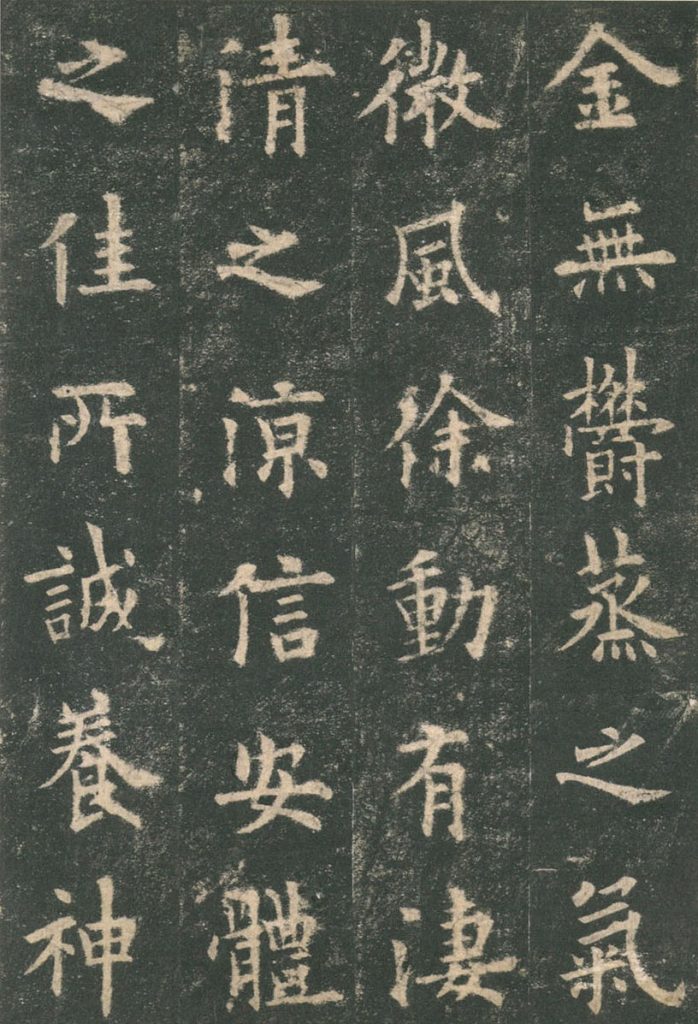
3. Arabic Calligraphy
Arabic calligraphy is a form of artistic expression that uses the Arabic script to create beautiful and intricate designs.
The Arabic script is one of the world’s most widely used writing systems, and it is used to write several languages, including Arabic, Persian, Urdu, and others.
Arabic calligraphy has a rich history and is deeply rooted in Islamic culture, with many of the earliest examples of Arabic calligraphy dating back to the 7th century.
The beauty of Arabic calligraphy lies in its complex and intricate designs, which are created by combining individual letters and strokes in various ways to form words and phrases.
Arabic calligraphy has a distinct style and aesthetic characterized by its flowing lines and curves, often embellished with geometric patterns and floral motifs.
Arabic calligraphy is a highly respected art form in Islamic culture and is considered one of the highest forms of artistic expression. It requires great skill and precision to create, and many calligraphers spend years mastering the various styles and techniques involved.
Arabic calligraphy is prized for its spiritual meaning and aesthetic beauty, and many calligraphers view their craft as a form of worship and meditation.
There are several styles of Arabic calligraphy, each with its own rules and conventions. Some of the most popular styles include:
a. Kufic Script:
This script is one of the oldest and most iconic Arabic calligraphy styles. Often used for decorative purposes in architecture, manuscripts, and other artistic forms.
Here are some of the critical features of the Kufic script:
- Unlike other Arabic calligraphy styles, the Kufic script typically does not include diacritical marks or vowel signs. This means that the reader must rely on their knowledge of the language and context to determine the correct pronunciation.
- A Kufic script can be set on either a horizontal or vertical axis and can be arranged in a variety of different patterns and designs. Some of the most common arrangements include square Kufic, which uses a grid of squares to create a decorative way, and Eastern Kufic, which is set on a vertical axis and often features long letters.
- The Kufic script has been used for various decorative purposes throughout history, including in architecture, textiles, and manuscripts. In many cases, the script is used to convey religious or cultural messages, and the intricate designs often incorporate elements of geometry, symmetry, and repetition.
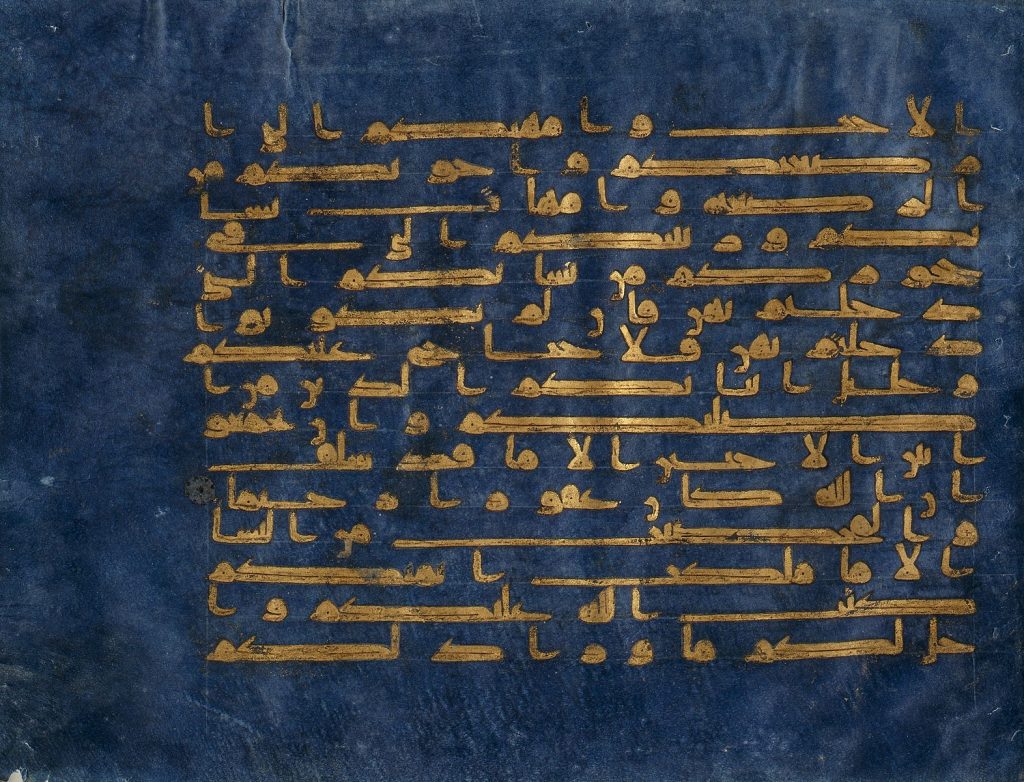
b. Naskh Script:
Naskh script is a cursive style of Arabic calligraphy known for its clarity and legibility. It is one of the most popular Arabic script varieties and is frequently used in printing and typography.
Here are some of the critical features of the Naskh script:
- Unlike the Kufic script, the Naskh script includes diacritical marks and vowel signs to indicate the correct pronunciation of words.
- Naskh script is known for its clarity and legibility, making it a popular choice for printing and typography. The letters are spaced evenly, and the words are easily distinguished, even at small sizes.
- Use in religious texts: Naskh script is commonly used for writing in the Quran and other religious texts. Its legibility and clarity make it easy to read and understand for those studying these texts.
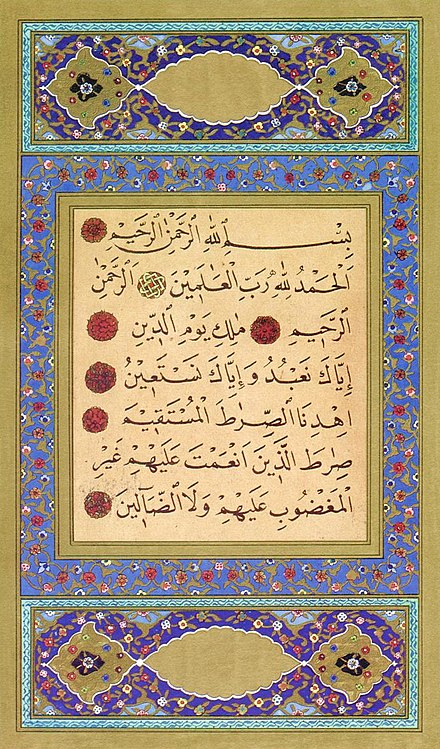
c. Thuluth Script:
Thuluth script is a beautiful and elegant Arabic calligraphy style known for its tall, vertical letters and sweeping curves. It is often used for decorative purposes and is considered one of the most sophisticated Arabic calligraphy styles.
The Thuluth script has the following essential features:
- Thuluth script features tall, vertical letters that often extend above and below the baseline. This gives the script a sense of height and grandeur.
- Thuluth script features sweeping curves and elongated lines that give the letters a sense of movement and flow. This adds to the script’s sense of elegance and beauty.
- Like the Naskh script, the Thuluth script includes diacritical marks and vowel signs to indicate the correct pronunciation of words. These characters are typically written more petite than the actual letters to prevent detracting from the elegance of the script.
- Thuluth script is often used for decorative purposes, such as architecture, textiles, and manuscripts. Its tall, elegant letters and flowing curves make it famous for creating beautiful and intricate designs.
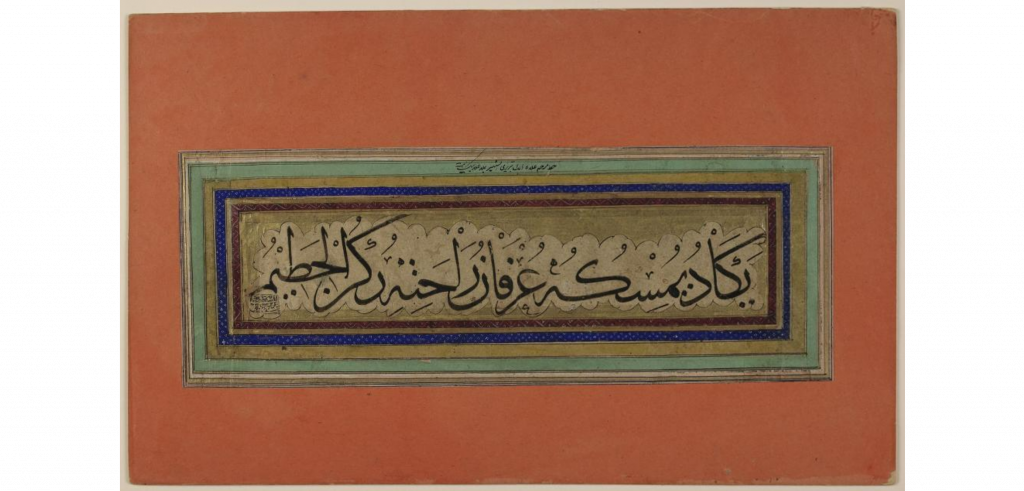
3. Broad Edge Calligraphy
Broad Edge Calligraphy, also known as chisel-edged calligraphy, is a style of calligraphy that uses a flat or angled nib to create thick and thin strokes. It is a popular style used in Western calligraphy traditions, particularly in Europe.
Broad Edge Calligraphy typically uses a broad-edged pen with a flat or angled nib that can create thick and thin strokes.
Broad Edge Calligraphy relies on various strokes to create letters and words. These strokes include horizontal strokes, vertical strokes, diagonal strokes, and curved strokes.
Calligraphers can create thick and thin lines within a single stroke by varying the pressure on the pen.
Below is a type of Broad Edge calligraphy and its features:
a. Broad Edge Nib:
A Broad Edge Nib is a type of calligraphy nib with a flat or angled edge that creates thick and thin strokes in Broad Edge Calligraphy.
The nib is made of metal, plastic, or other materials and can vary in width, shape, and angle.
Here are the features of Broad Edge Nib:
- The width of the nib determines the thickness of the stroke it can create, with broader nibs making thicker strokes.
- Some nibs are angled, with shallower angles creating thinner lines and steeper slopes creating thicker lines.
- Broad Edge Nibs require a steady hand and consistent pressure to create uniform strokes and letterforms.
- The pressure applied to the nib determines the thickness of the stroke, with more pressure creating a thicker line and less pressure creating a thinner line.
Bottom Line
In short, a calligraphy is an art form that has evolved over thousands of years and has left a lasting impact on many cultures worldwide.
Each type of calligraphy has unique features and techniques that reflect the cultural and historical context in which it was developed.
Whether it’s Western, Eastern, Arabic, or Broad Edge calligraphy, each type requires much skill and patience to master.
Broad Edge Calligraphy is a significant type that allows artists to create bold and elegant letterforms using a flat or angled nib.
Calligraphy has grown in popularity due to the development of digital technology as more individuals look for ways to rediscover classic art forms and express their creativity through elegant handwriting.
Please feel free to comment in the box below if you have any more inquiries or feedback regarding calligraphy.
